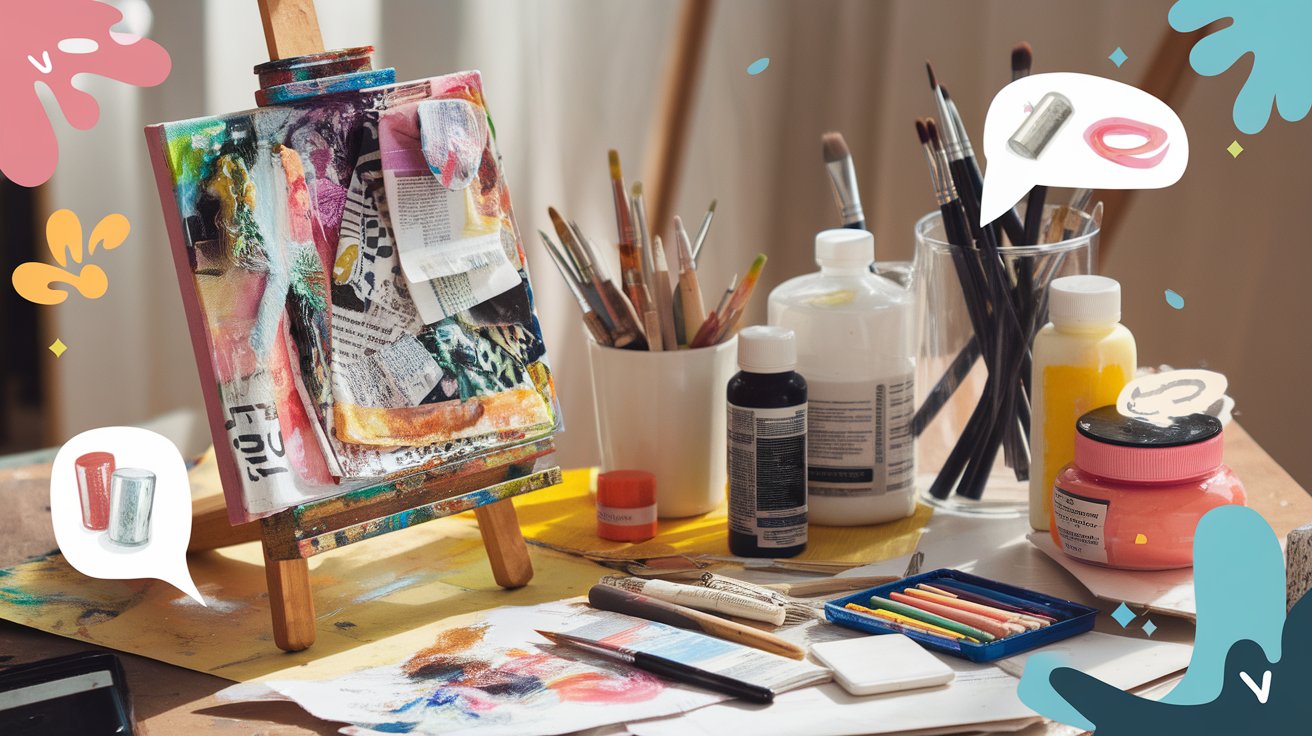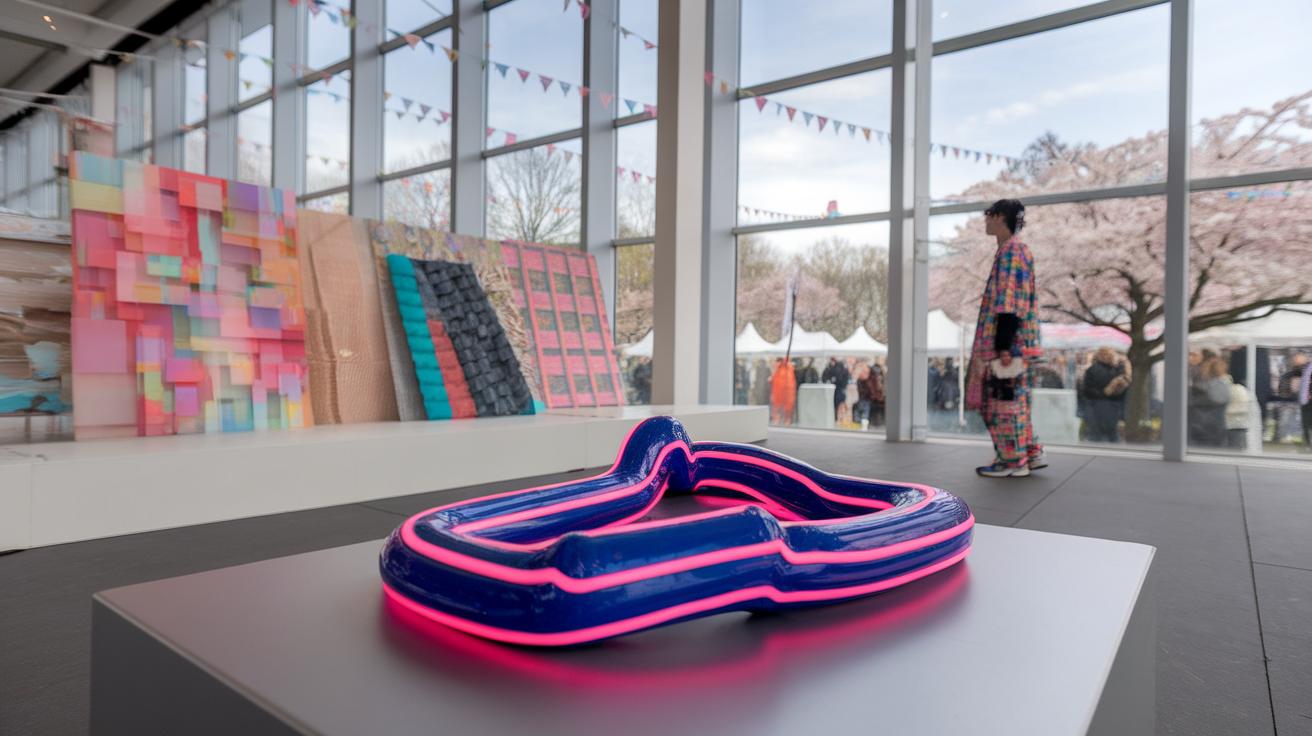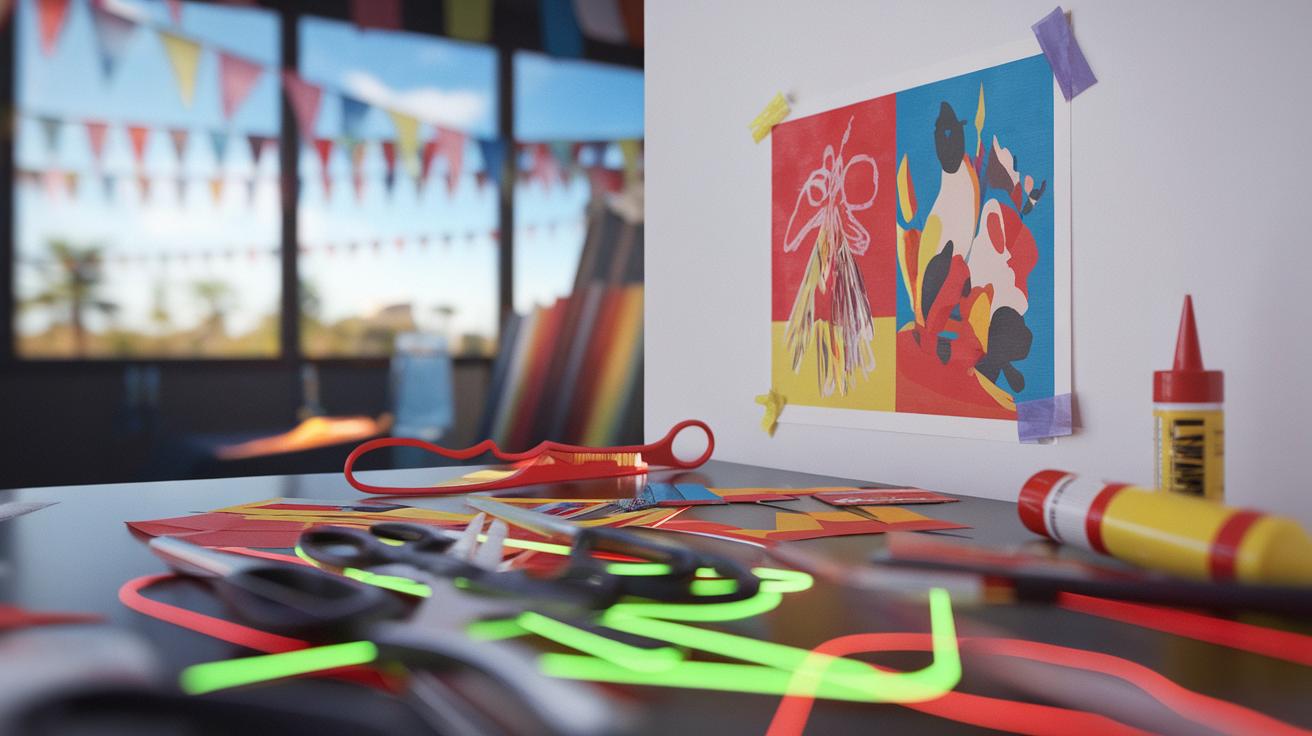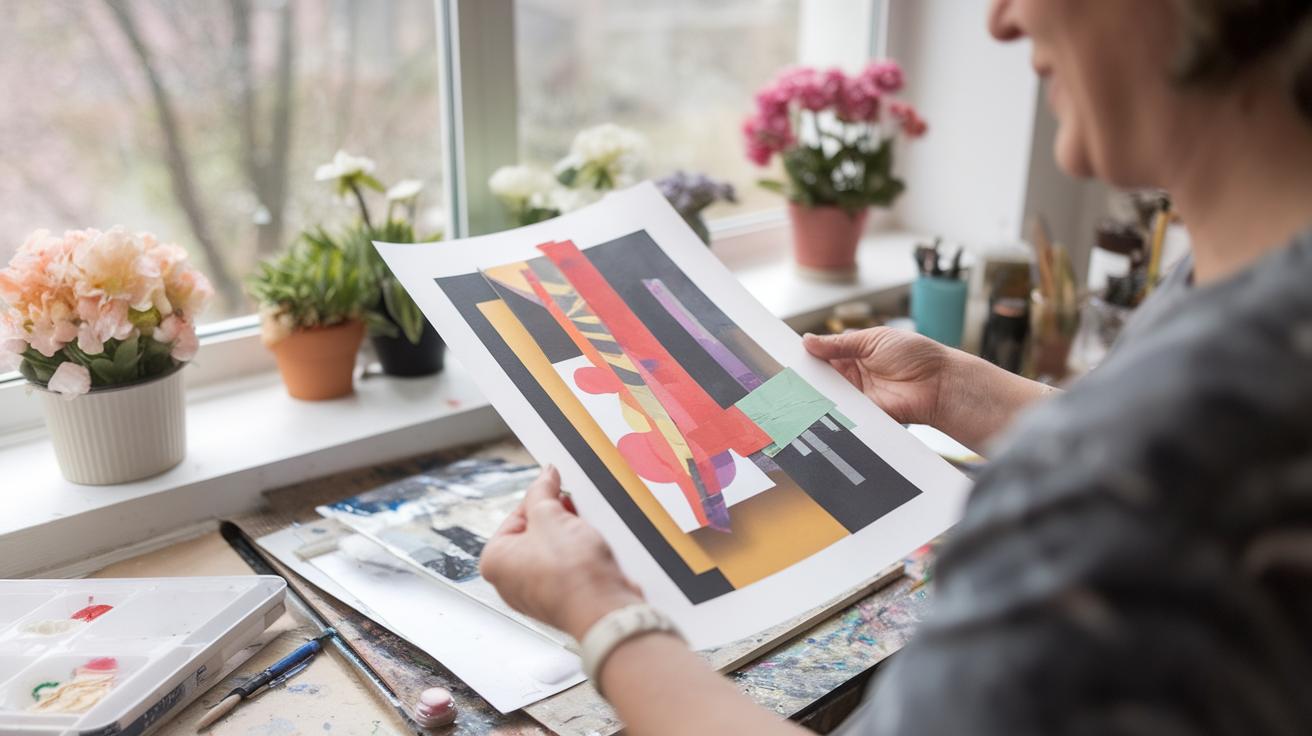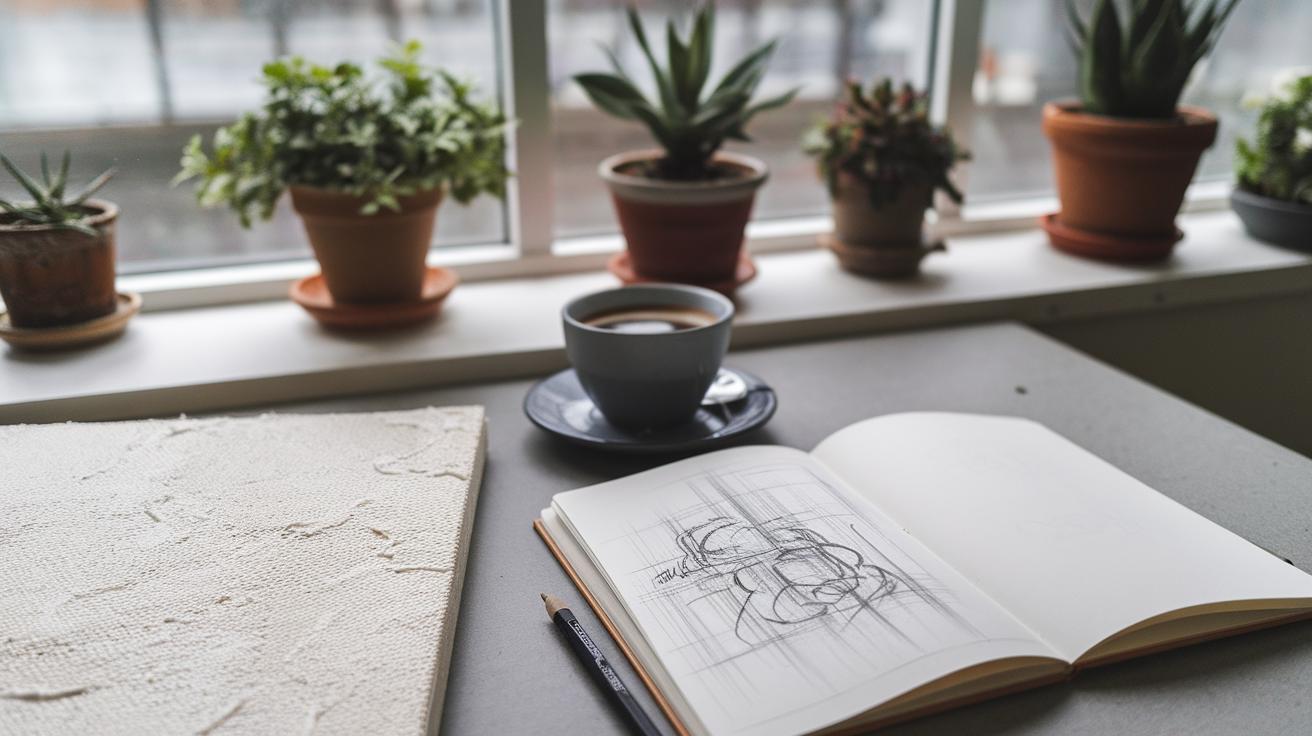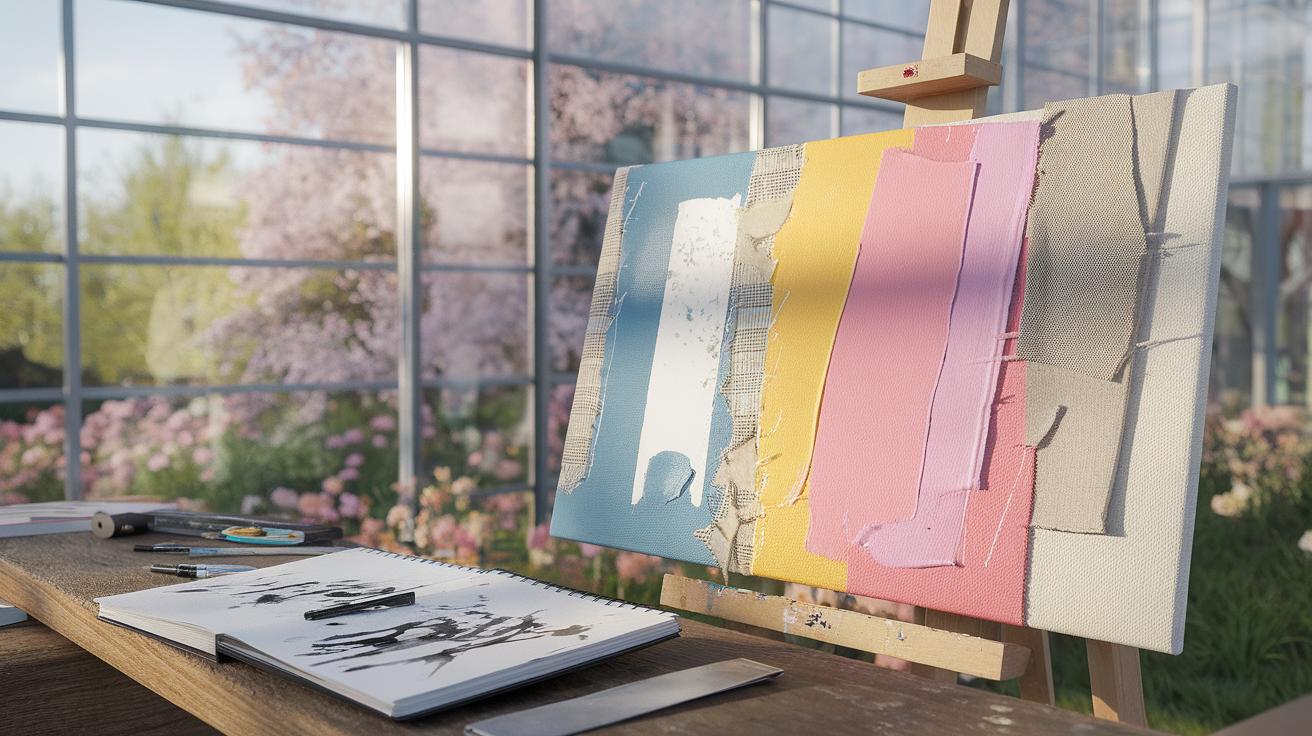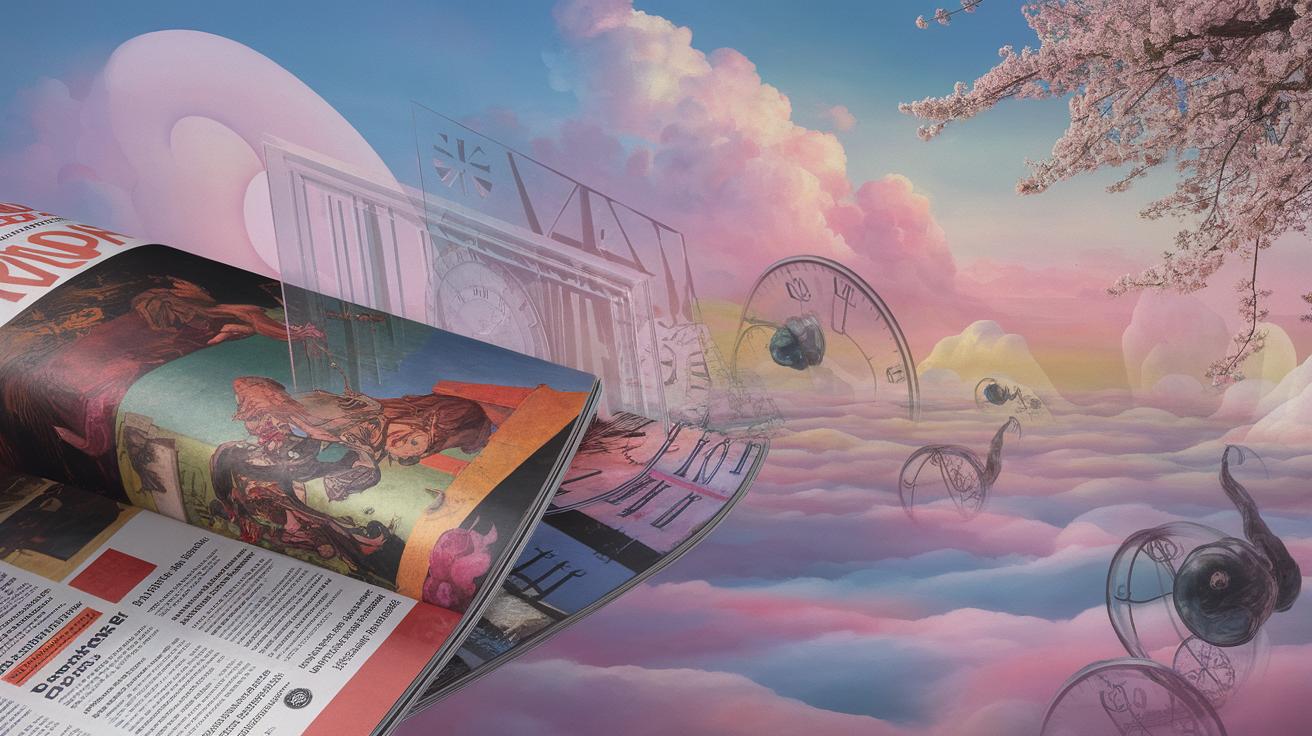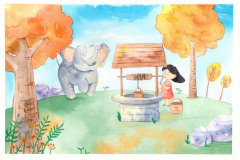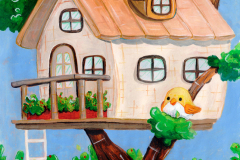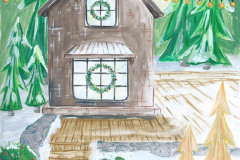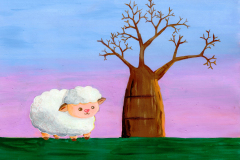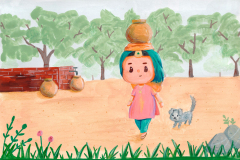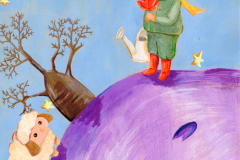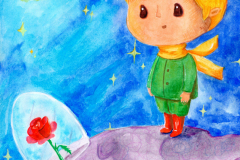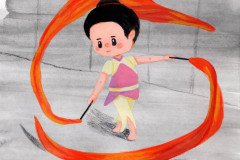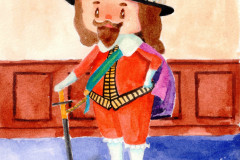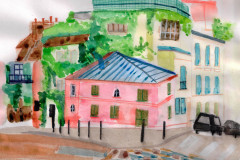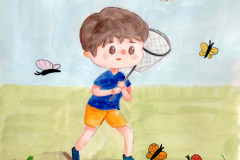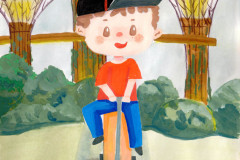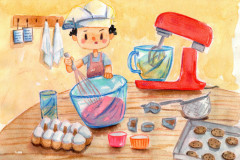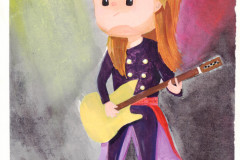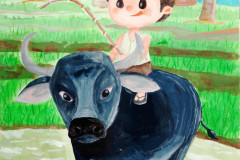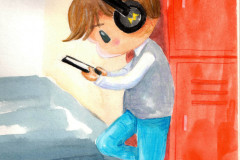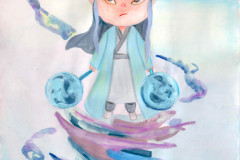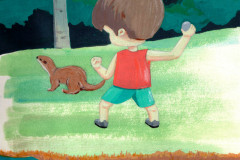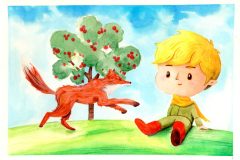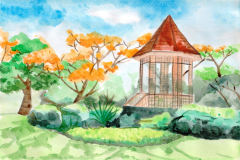Introduction
Torn paper art offers a unique way to express creativity. This type of art involves using torn paper to create stunning visuals. The process is engaging and accessible for individuals of all ages. Many artists have adopted this medium due to its simplicity and versatility. Torn paper can transform ordinary materials into extraordinary works of art. It allows for a broad range of techniques that can produce both abstract and realistic images.
This article dives deep into the world of torn paper art. You will learn about its history, various techniques, and practical tips to get started. From making collages to creating intricate designs, torn paper art can be both fun and therapeutic. Each section will provide insights to enhance your understanding and inspire your own creative journey.
The Origins of Torn Paper Art
Explore the historical background of torn paper art and its relevance throughout different cultures especially focusing on the Japanese chigirie technique
Torn paper art has deep roots in various cultures. This art form gained prominence in Japan through a technique called chigiri-e. Chigiri-e started during the Heian period, around the 10th century. Artists used hand-made paper to create intricate images, showcasing landscapes and stories. The beauty of this technique lies in its simplicity. Artists tore the paper rather than cutting it, adding texture and depth to their work.
Throughout history, torn paper art has appeared in different forms around the globe. In China, it became a part of traditional paper-cutting practices. In various indigenous cultures, artists employed torn materials to depict personal narratives and cultural identities. Have you ever thought about how these diverse approaches influence modern artists today?
By achieving detail through torn edges, artists create unique perspectives. You can gain inspiration from this rich history as you explore your own creativity in torn paper art. Incorporating elements from different cultures can lead to fresh and distinct artistic expressions.
Materials Needed for Torn Paper Art
Essential Materials for Creation
Creating torn paper art requires a few key materials. Start with good quality paper. This can range from old magazines to colored construction paper. Different paper types offer various textures and colors.
For a more refined look, consider specialty papers like Japanese washi or handmade paper. These materials add depth and uniqueness to your artwork.
Next, you’ll need a reliable adhesive. Craft glue works well, but you might prefer a glue stick for a cleaner application. Some artists also use mod podge, which can serve both as glue and a protective sealant.
Scissors aren’t always necessary since you will mainly tear the paper. However, a craft knife can help with precision, especially for delicate pieces.
Additional Supplies for Ease
A cutting mat protects your surfaces while working. Use a ruler to guide you if you want to create straight edges.
Consider having a brush on hand to apply glue evenly. Tweezers can help place small pieces accurately.
What other materials might inspire your creativity? Collect odds and ends, like fabric scraps or textured elements, to enhance your torn paper art further.
Basic Techniques of Torn Paper Art
Mastering Torn Paper Techniques
Torn paper art combines creativity with technique. Start by practicing tearing paper. Use your hands to create uneven, organic edges. This approach adds character to your pieces. Experiment with different types of paper. Try tissue paper, magazines, or construction paper. Each type delivers a unique outcome.
Layering is a key technique. Stack torn pieces in a way that builds depth. Arrange larger shapes at the back and smaller ones in the foreground. This method helps to create visual interest.
Adhesive application is crucial. Use glue sticks or liquid glues to ensure a strong bond. Test how the adhesive interacts with different paper types. This will help you avoid damage to delicate papers. What happens when you combine different textures?
Play with color combinations. Select contrasting hues to make elements stand out. You can also create a harmonious palette for a more subtle effect. Color choices significantly impact the mood of your artwork. What emotions do your chosen colors convey?
Creating Textured Art with Torn Paper
Torn paper art thrives on texture. You can use various techniques to bring your creations to life. Layering different pieces of torn paper can create depth. Each layer adds a new dimension. Think about how mountains look with shadows. You can achieve that same feeling in your artwork.
Experiment with torn paper of varying thicknesses. Thicker paper can stand out. Lighter paper can add softness. You might find a mix of both gives your piece more interest. Try tearing papers in different shapes. Curves and jagged ends can change the overall vibe.
Consider the effect of texture on realism. A rough piece can mimic bark on a tree. Smooth paper might suggest calm water. How can you use texture to convey your message? Choose your torn pieces carefully. Each one impacts the viewer’s experience.
Incorporating Color in Torn Paper Art
Understanding the Role of Color
Color significantly influences torn paper art. It can evoke emotions, set a mood, or create depth. Think about how a bright red might spark energy while a deep blue promotes calmness.
When choosing colors, consider your message. Do you want to convey joy or sadness? A well-thought-out color scheme can guide viewers’ feelings and interpretations.
Manipulating Color in Your Work
To manipulate color effectively, start by mixing your torn paper sources. Use different shades of the same color for a gradient effect or complementary colors to create contrast. You can even paint or dye the edges of your paper pieces. This technique adds vibrancy and interest.
Experimenting with layering can also change the visual impact. Try overlapping colors to see how they interact. Each layer can alter the overall tone and energy of the artwork.
As you work, ask yourself: how does each color contribute to your creation? The answers will guide your choices and help you build a stronger piece.
Advanced Techniques in Torn Paper Art For Distinct Creative Expressions
Refined Processes to Amplify Your Art
To push your torn paper art to professional levels, consider experimenting with layering. Start with a solid base and add layers of torn paper in different shapes and colors. This adds depth and dimension. You can also try increasing the contrast between layers to make elements pop. Consider using lighter papers on top of darker backdrops.
Try incorporating mixed media elements like paint, ink, or fabric. These can enhance textures and create more intricate designs. For example, you can use watercolors to create a soft background and lay torn paper on top for sharper details.
Have you considered using a variety of tearing techniques? Vary the size, angle, and type of tears for visual interest. Experiment with straight tears alongside jagged or curved ones. Each variation will bring a different energy to your piece.
Don’t shy away from experimenting with shadowing. Shadows can give your paper layers a more realistic appearance, making your work engaging. Use a soft pencil or graphite to add depth underneath the torn edges.
Creating Visual Narratives
Developing a story through your torn paper art can significantly impact your message. Think carefully about the images you choose and how they interact. If you combine different colors symbolically, what story does that tell? Focus on how each piece contributes to the overall narrative.
Techniques like collage, where you blend torn paper with other images or text, can add another layer of meaning. This approach lets your creativity shine while making your art multifaceted. Each additional element you add can provide context and invite viewers to explore further.
How might your work change if you combine torn paper art with digital elements? This combination can stretch traditional boundaries. Design your torn paper art digitally or incorporate digital elements post-creation, adding a new technology dimension.
Therapeutic Benefits of Torn Paper Art
Mental and Emotional Well-Being
Engaging in torn paper art offers significant mental health benefits. This creative process allows you to focus on the moment. When you’re tearing and arranging paper, you shift your attention away from stressors. The repetitive motions can be calming. They can create a meditative state.
Art provides a way to express feelings. It lets you explore emotions that words sometimes fail to capture. For instance, creating a piece that represents turmoil can be cathartic. You can release pent-up feelings through the colors and patterns you choose.
Research shows that art therapy lowers anxiety levels. It also boosts self-esteem. You become invested in your project. Each piece you create reflects your unique style. What emotions do your creations evoke? Reflecting on this can deepen your self-awareness.
Building Mindfulness
Torn paper art encourages mindfulness. You become fully present in the process. You concentrate on texture, color, and layout. This focus can help pull you away from negative thought patterns. The act of creation is a powerful tool for managing stress. What if you set aside time each week for this practice?
Many find that sharing their torn paper art can also enhance their emotional experience. Consider starting a small group with friends. Explore the therapeutic aspects together. You might find new connections and support. How can this art become part of your regular routine? Think about putting aside time for creativity in your life.
Exhibiting and Sharing Your Torn Paper Art
Showcasing your torn paper art can enhance its value and help you connect with others. You might start by looking for local art fairs or community galleries. These venues often welcome unique art forms. Reach out and inquire about submission guidelines.
Online platforms also offer great opportunities. Websites like Etsy or Instagram allow you to create a portfolio. You can share your work with a broad audience. Think about starting a dedicated page for your torn paper creations. Regular posts can engage your followers and attract new ones.
Consider hosting workshops to share your techniques. This can foster community around torn paper art. You might find that teaching others helps refine your own skills. How might your art inspire others in their creative journey?
Think about joining online art groups. These platforms often share challenges and critiques. Engaging with a community can motivate you to keep creating. Are you ready to take the next step in sharing your art?
Resources and Further Learning Torn Paper Art for Distinct Creative Expressions
If you want to deepen your understanding of torn paper art, several resources can help. Books like “Torn Paper Collage” by Hartmut Benz and “Cut and Tear: Paper Craft” by Kae Watanabe provide step-by-step instructions and inspiring projects.
Websites such as Paper Art Studio and Collage Tutorial offer techniques, video demonstrations, and a community of artists sharing their work. You might join online forums or social media groups focused on paper art. Engaging with others can spark new ideas and enhance your skills.
Art supply stores often have workshops. Participating can give you hands-on experience and connect you with like-minded individuals. Have you considered taking a class or attending a local art event? Gaining insights and feedback from others can elevate your creations.
Conclusions
Torn paper art stands as a testament to the power of creativity. Its accessibility and versatility make it a popular choice among artists and hobbyists alike. You can get started today with just a few basic materials. The satisfaction of creating art from something as simple as torn paper is unmatched. Throughout this exploration, it becomes clear that torn paper art is not just a hobby; it’s a means of personal expression.



